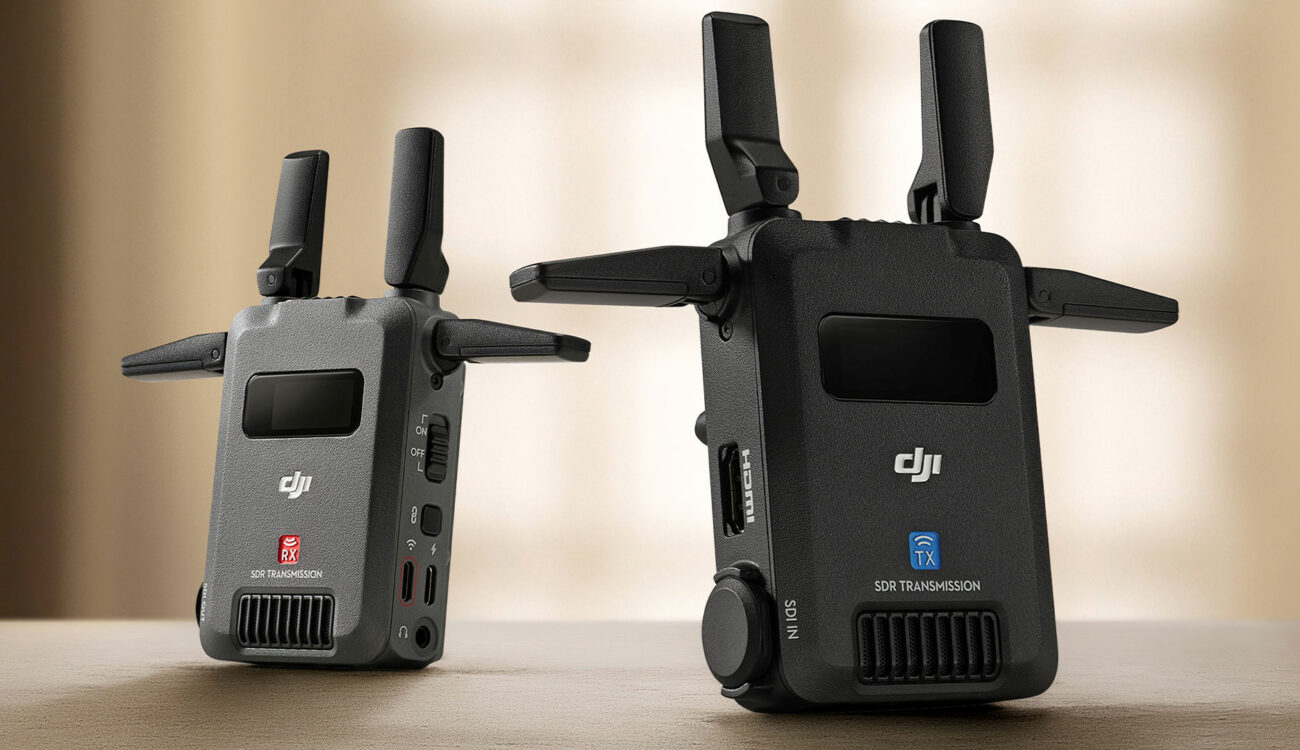
DJI has just announced a new wireless video system, SDR Transmission, capable of sending a 1080P 60fps video signal wirelessly up to 3km/1.8 miles away with a delay as low as 35ms. The SDR – software-defined radio – technology allows the transmitter/receiver set to transfer camera controls as well as metadata, and it accepts both HDMI and SDI connections. Aimed at smaller crews, this lightweight system can be powered with an NP-F battery, USB-C, or a compatible DJI gimbal. So, let’s take a closer look at it!
The Chinese tech company DJI has implemented reliable long-range video transmission technology in its drones for many years. Two years ago, they first announced a standalone DJI Transmission product with a high-bright monitor set. Last summer, DJI released a standalone DJI Transmission TX-RX kit.
Today, the company launches a new, more affordable wireless video transmission system for smaller crews. Let’s take a quick look at the new DJI SDR Transmission and the new technology that comes within.
What is the SDR technology?
DJI’s new product is based on the company’s SDR (software-defined radio) technology. As DJI puts it, SDR represents a novel concept and architecture for wireless communication that the company has cultivated for over ten years. It is supposed to offer better range and reliability than Wi-Fi-based wireless video transmission systems while offering a high cost-performance ratio.
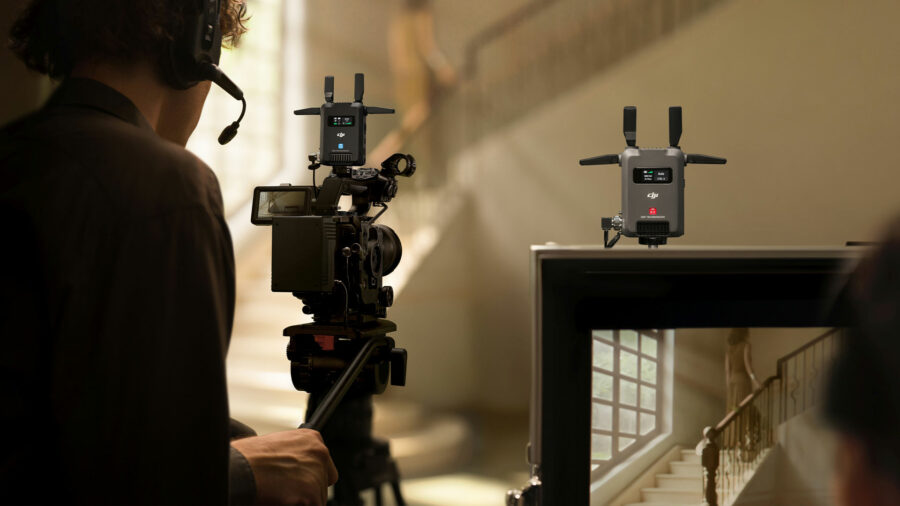
DJI claims the SDR technology can deliver higher resolution and bitrate with better range and penetration than Wi-Fi systems. It should also be better protected against interference. Unlike Wi-Fi systems, the SDR solution supports unlimited receiver devices in broadcast mode.
DJI SDR Transmission – features
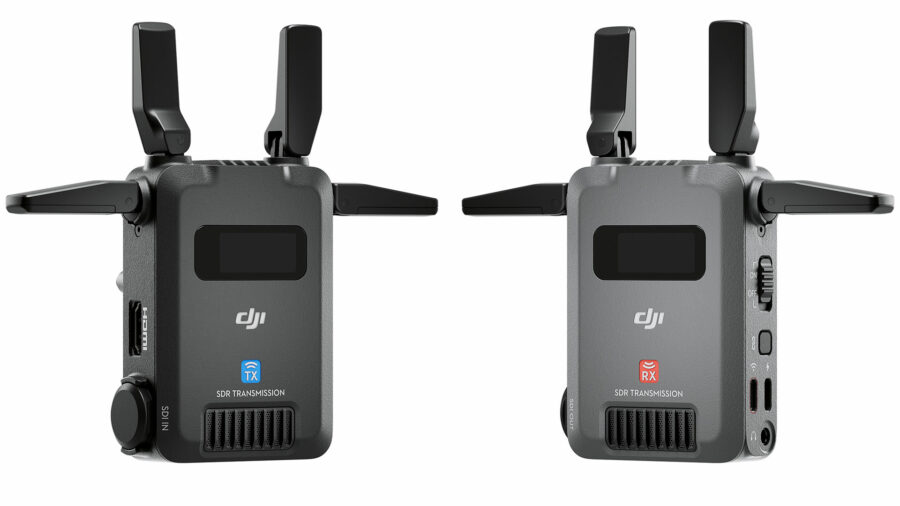
DJI SDR Transmission can send a FullHD 1080P 60fps video signal with a bitrate of 20Mbps up to 3km / 1.8 miles away with a delay as low as 35 milliseconds, according to DJI. These numbers represent a perfect unobstructed scenario, but they show how robust the signal is.
DJI says the system will perform well even in places with interference, such as thick walls. When faced with interferences on a channel, the DJI SDR Transmission will automatically switch across 2.4 GHz, 5.8 GHz, and DFS frequency bands to find the most optimal channel.
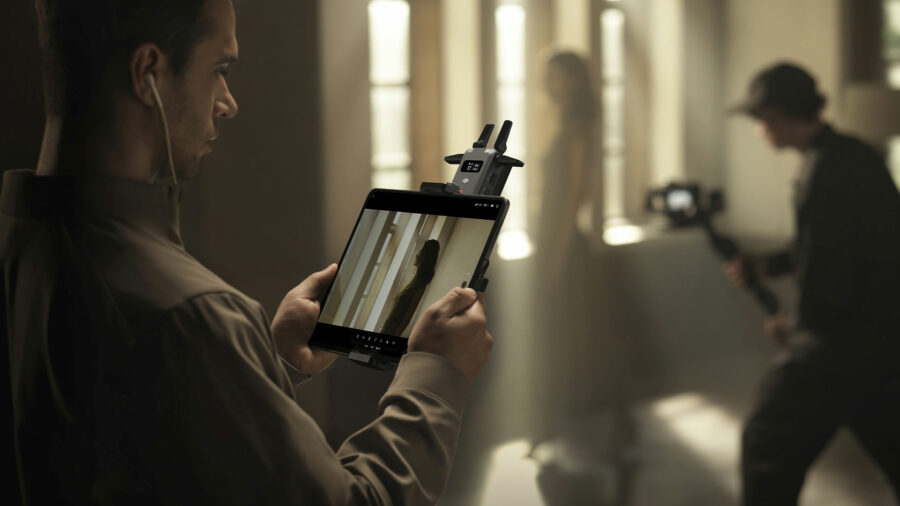
In addition to the new SDR technology, the DJI system can also support Wi-Fi transmission simultaneously, if required for temporary monitoring, for instance.
The transmitter has SDI and HDMI inputs. It can also output three SDR signals and two Wi-Fi signals simultaneously. In Broadcast mode, it can connect to unlimited receivers.
The receiver can connect to monitors via SDI and HDMI video outputs and wired/wirelessly to smartphones and tablets via USB-C or Wi-Fi. The Wi-Fi option allows for a cost-effective, dual-channel monitoring experience without another receiver.
Controls and metadata transfer
Unlike Wi-Fi systems, the DJI SDR Transmission supports remote camera controls. Used with the DJI RS series gimbals, it supports Force Mobile, virtual joystick, and gimbal recentering functions.
When paired with a camera, the SDR Transmission can support PTP control, display and adjust aperture, shutter, and ISO, and trigger the camera’s photo-taking and video-recording functions through the app. It can also support CEC control of Sony cameras with Mirror Control mode.
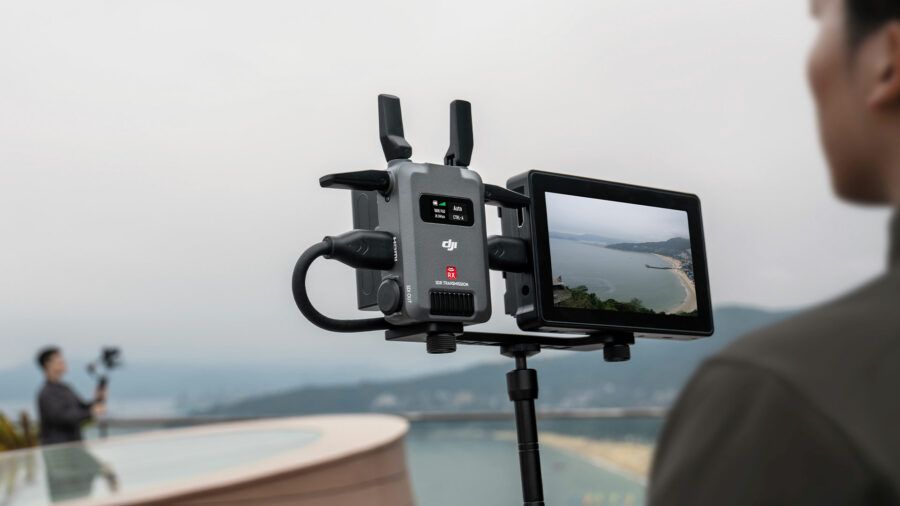
Additionally, the SDR Transmission can transmit metadata where most cinema cameras can be adapted via SDI so that the crew can access detailed shooting information. When connected to the DJI Ronin App in Broadcast mode, users can switch between camera indexes within the app.
DJI SDR Transmission power and physical specs
The SDR Transmission can be powered via a USB-C PD connector on the side of the units. Additionally, each TX and RX unit has a built-in Sony NP-F-style battery plate. Lastly, the system can also be powered directly by DJI RS 4 Pro, DJI RS 4, or DJI RS 3 Pro gimbals when mounted and used together, eliminating the need for a separate battery.
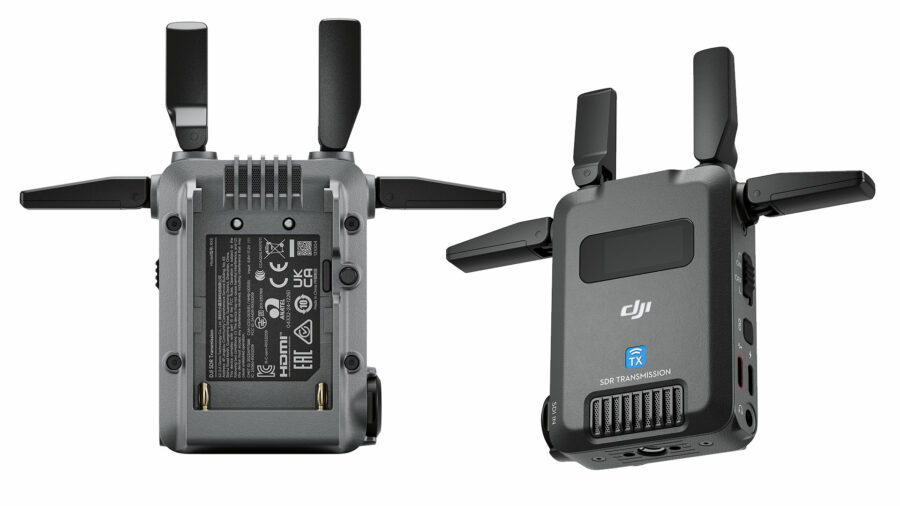
With a lightweight design, a single transmitter or receiver unit weighs 145g/5.1oz. Furthermore, the antennas fold down for transport, making the whole package even more compact.
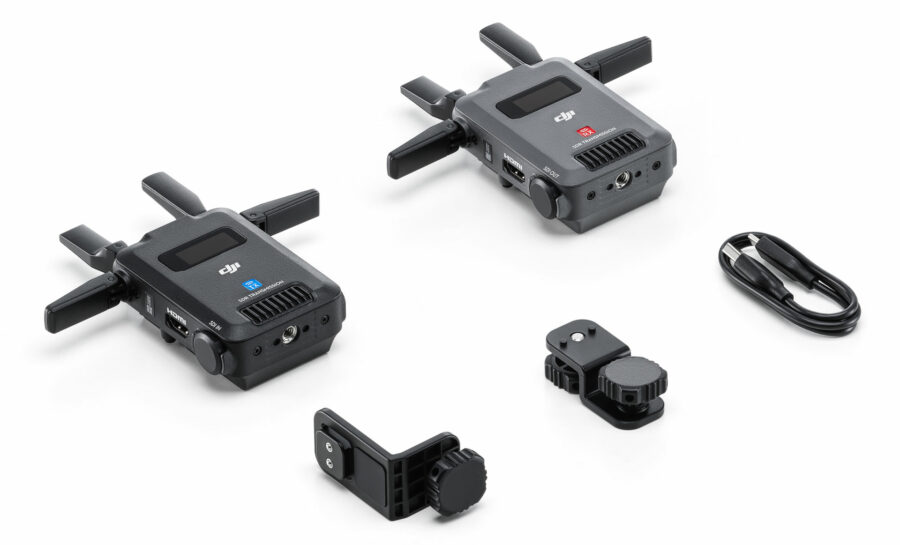
Price and availability
The new DJI SDR Transmission is available now and can be purchased separately or as a TX-RX kit. The pricing of individual options and accessories is as follows:
- DJI SDR Transmission combo costs $549/€519.
- DJI SDR Transmission transmitter costs $309/€285.
- DJI SDR Transmission receiver costs $309/€285.
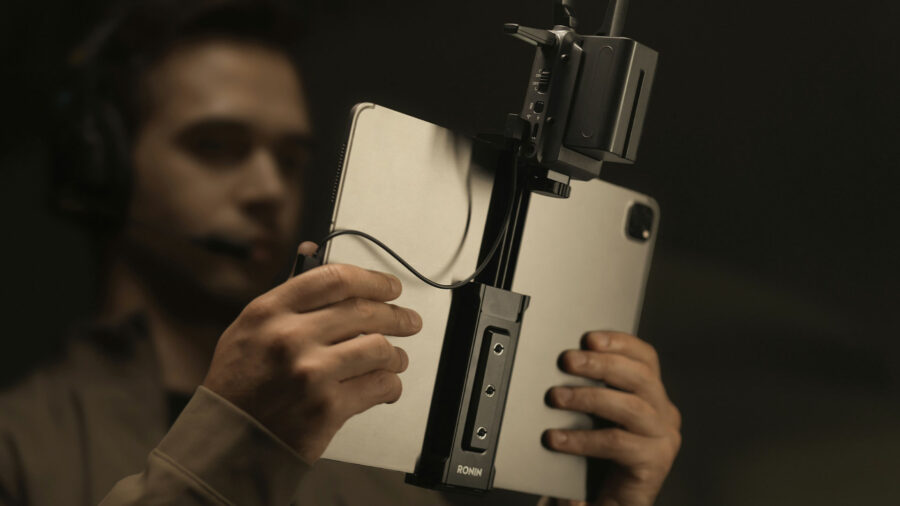
- DJI SDR Transmission phone holder kit will set you back $49/€45.
- DJI SDR Transmission tablet holder kit retails for $49/€45.
- RX to Phone connection cable (USB-C to USB-C, 22cm) sells for $10/€8.
For more information, please visit DJI’s website here.
Are you looking for an affordable wireless video transmission kit? What do you think about the SDR Transmission? Let us know in the comments section underneath the article.

